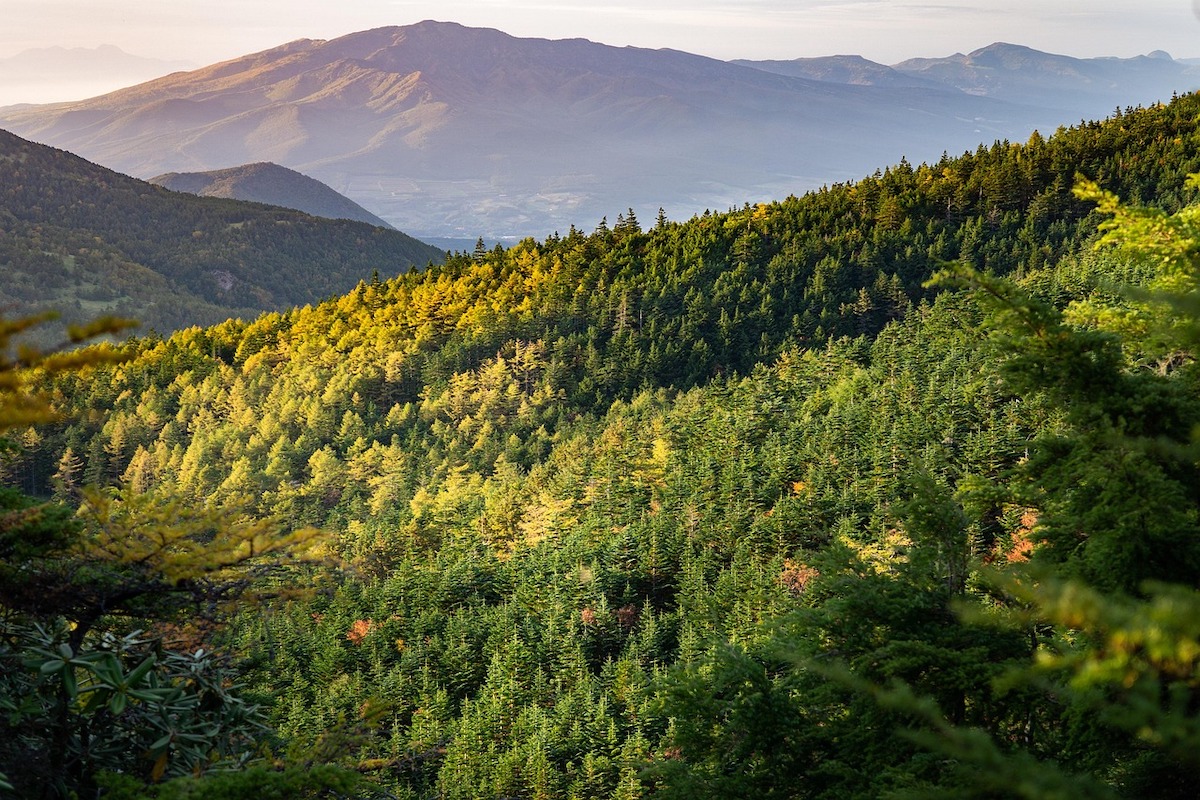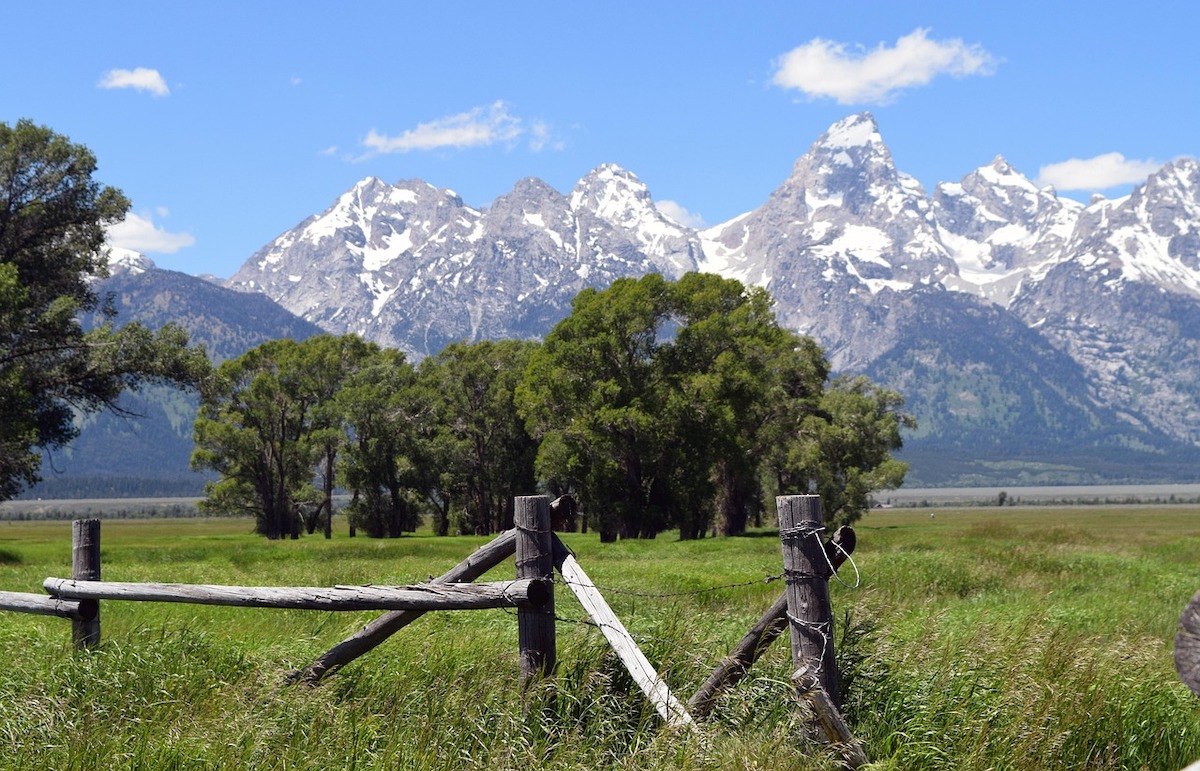
Keith Lusher 09.26.25

The Trump administration’s proposal to eliminate the 2001 Forest Service Roadless Rule has generated intense discussion among Wyoming’s hunting community. Over 625,000 public comments were submitted during the recent comment period.
The rule currently protects 3.2 million acres of Wyoming’s national forest lands from new road construction and commercial logging, including prime hunting areas in the Wyoming Range and Bighorn Mountains. If rescinded, these protections would be lifted across 45 million acres of roadless areas nationwide.
Many Wyoming hunters have expressed strong support for maintaining roadless protections. Nathan Maxon of Lander called roadless areas “the last best places to hunt in Wyoming, and probably the West.” Wildlife ecology professor Merav Ben-David noted that these areas serve as “source populations” that produce wildlife that spreads out into surrounding landscapes.
Devin O’Dea from Backcountry Hunters and Anglers emphasized that roadless areas typically offer “more mature wildlife, better habitat and less hunting pressure.” He cited an elk hunter who reported that “10 of the 11 bulls he’s killed have been in roadless areas.”

Supporters of the rollback, including Congresswoman Harriet Hageman, argue that the rule has become a barrier to proper forest management. Forest Service Chief Tom Schultz stated that the rule has “frustrated land managers and served as a barrier to action” for nearly 25 years, particularly limiting wildfire suppression efforts.
Agriculture Secretary Brooke Rollins described the rule as “disastrous” and emphasized returning management decisions to “local Forest Service experts who best understand their forests and communities.”
Lincoln County Commissioner Kent Connelly warned that fire danger in roadless areas like the Salt River and Wyoming ranges puts communities at serious risk, noting that some areas would be impossible to defend if wildfire struck.

Some hunting and fishing organizations favor reform over complete elimination. Corey Fisher from Trout Unlimited and O’Dea from Backcountry Hunters and Anglers support a “collaborative, stakeholder-driven process” to reform rather than rescind the rule entirely.
Former Agriculture Department official Robert Bonnie suggested updating the rule to “permit temporary roads in roadless areas near neighborhoods along the wildland-urban interface” for forest thinning and ecological restoration.
The debate also involves significant economic factors. Lee Ann Inberg-Schuff, whose late brother was a Wyoming Game and Fish warden, noted that recreation and tourism generate $4.9 billion annually in Wyoming. “Tourists do not come to look at clear cuts and strip mines,” she wrote in her public comment.
Meanwhile, local sporting goods business owners near the Bighorn National Forest warned that the rollback “will do nothing but negatively impact the Tourism and Recreation sector.”
The Forest Service is now developing an environmental impact statement for the proposed change, with final decisions expected in the coming months. The outcome will significantly impact how Wyoming’s hunters access and experience some of the state’s most pristine backcountry areas.
Trending Products












